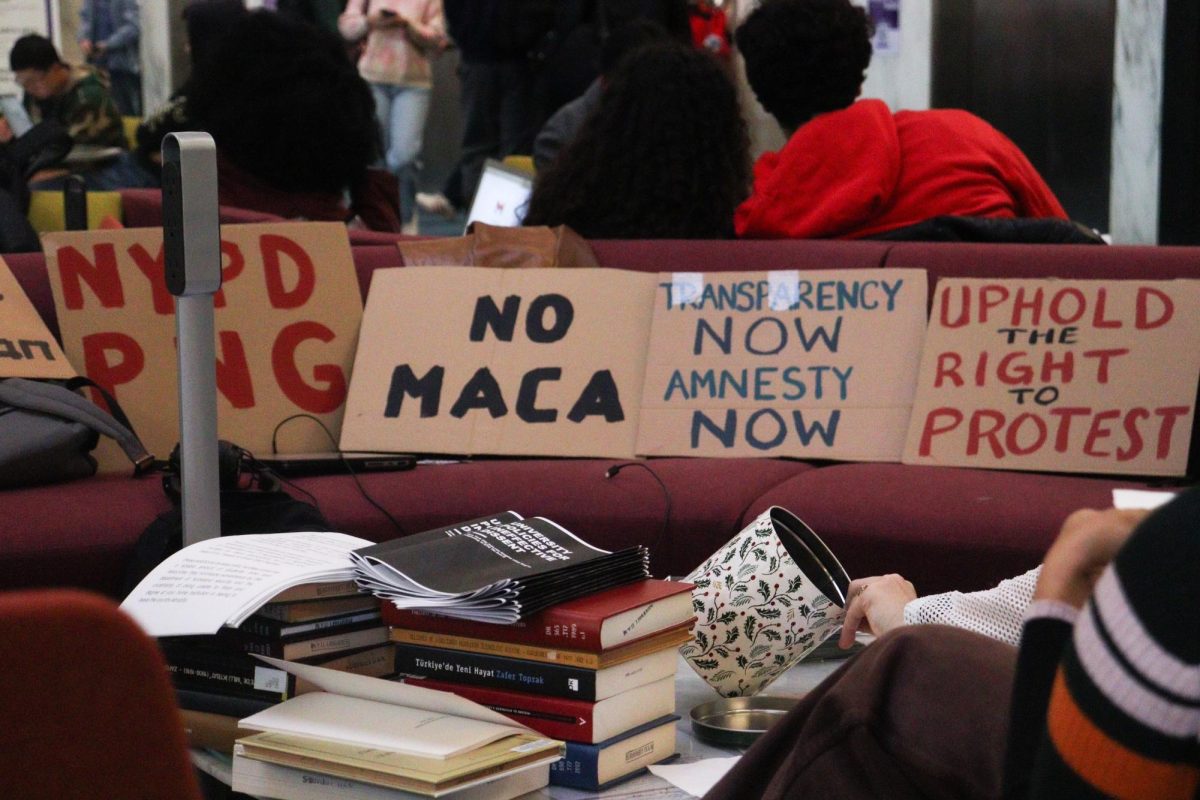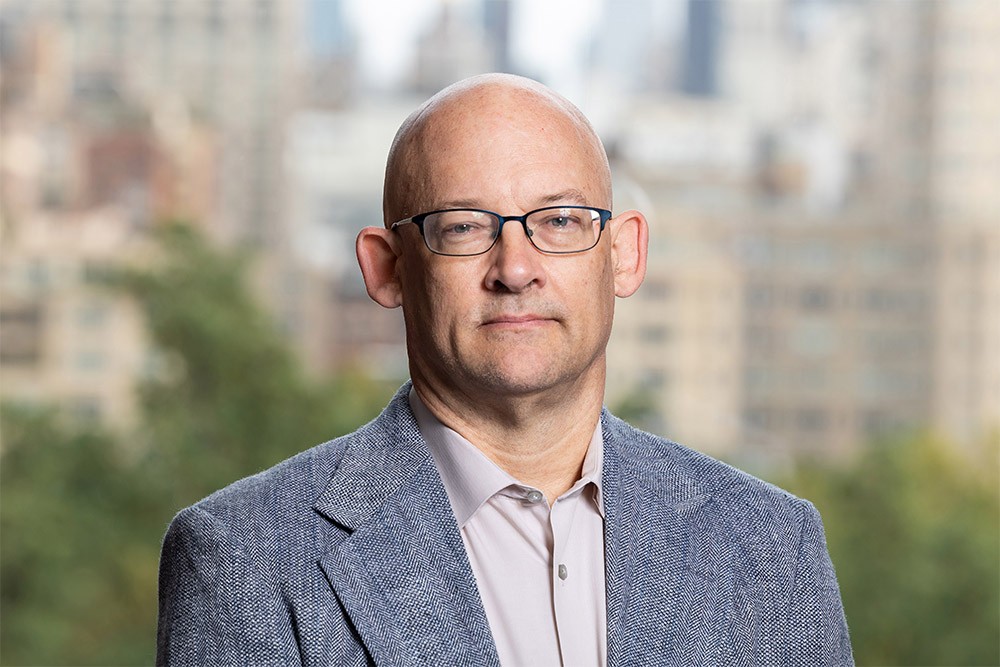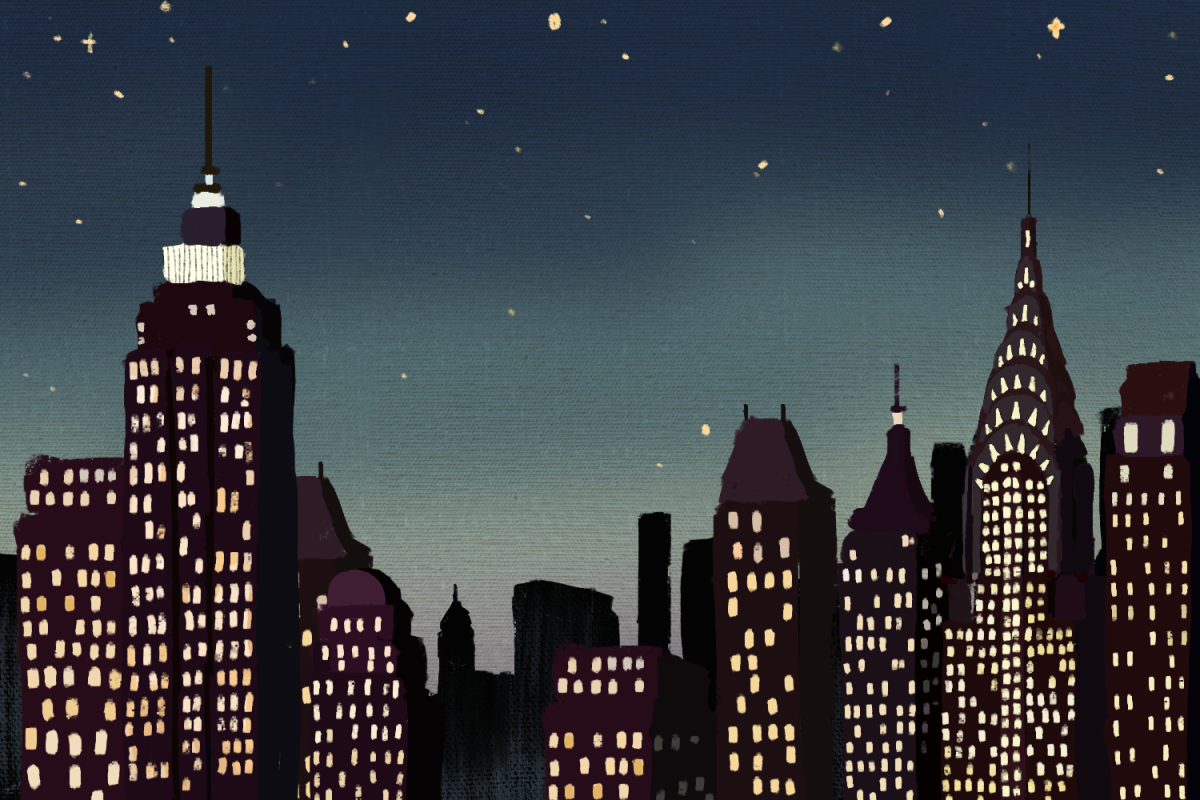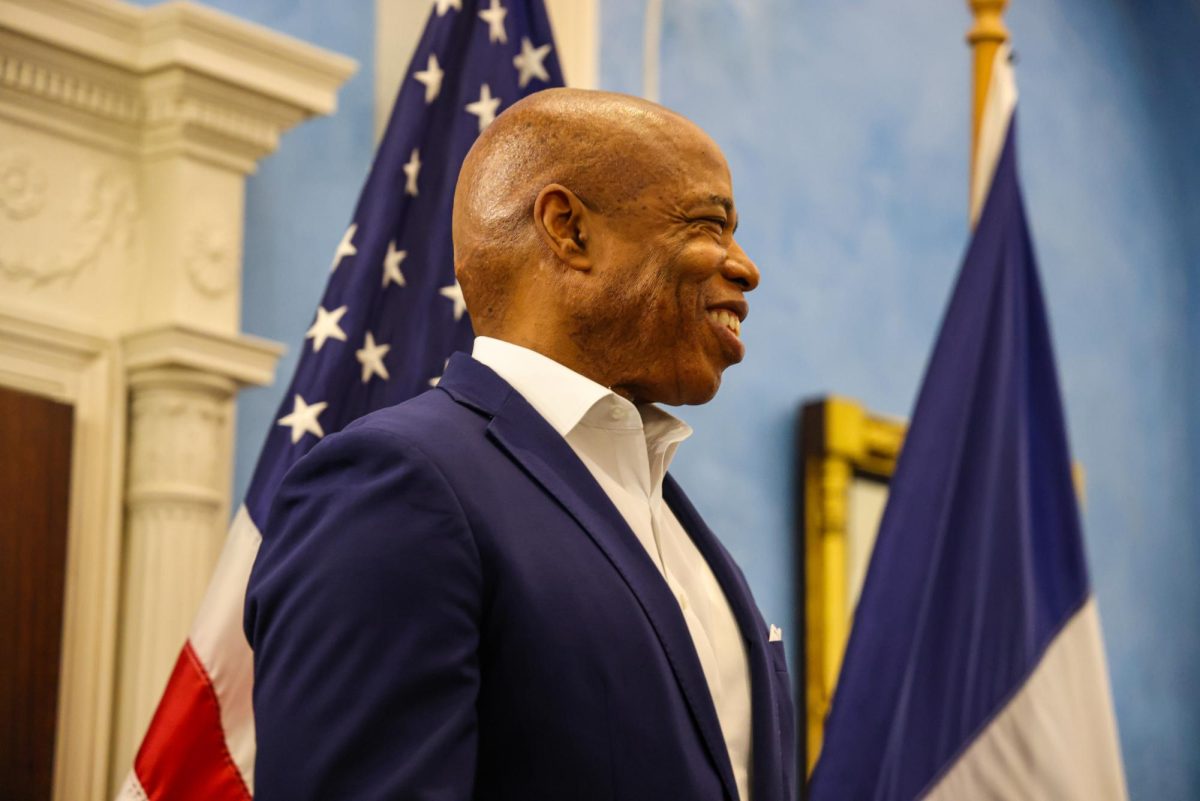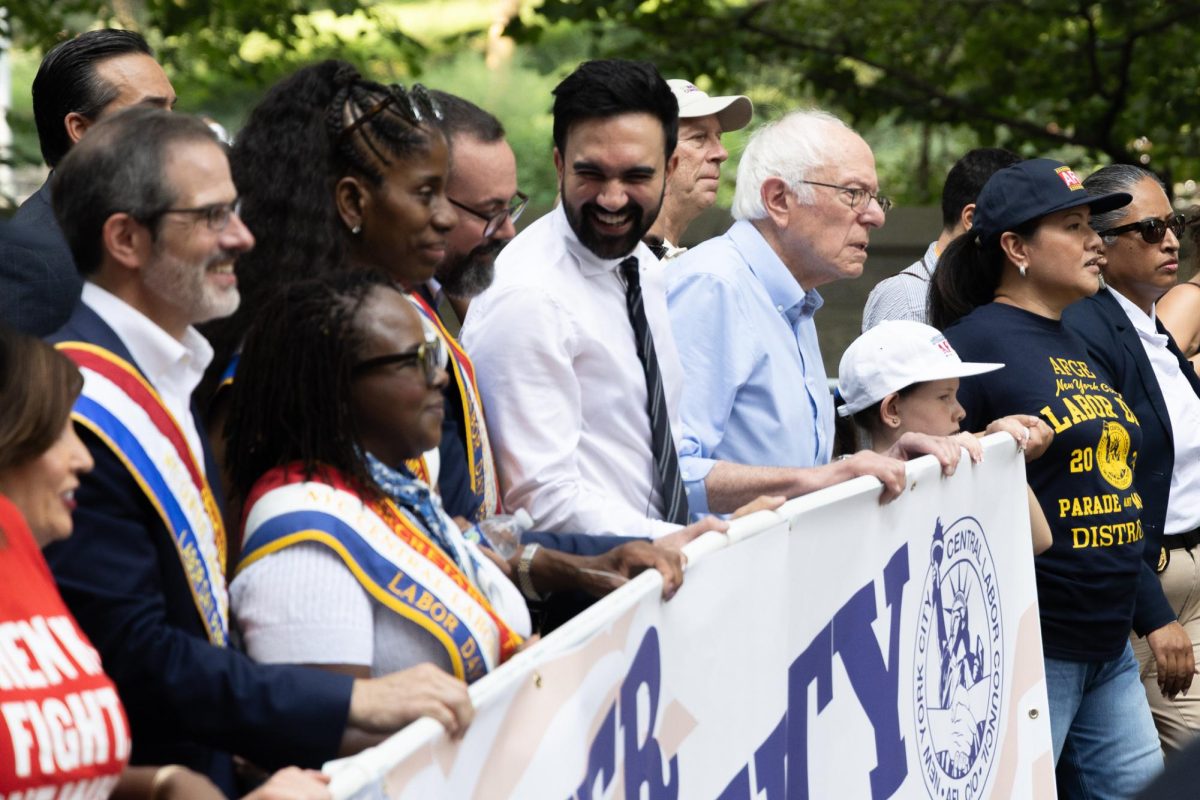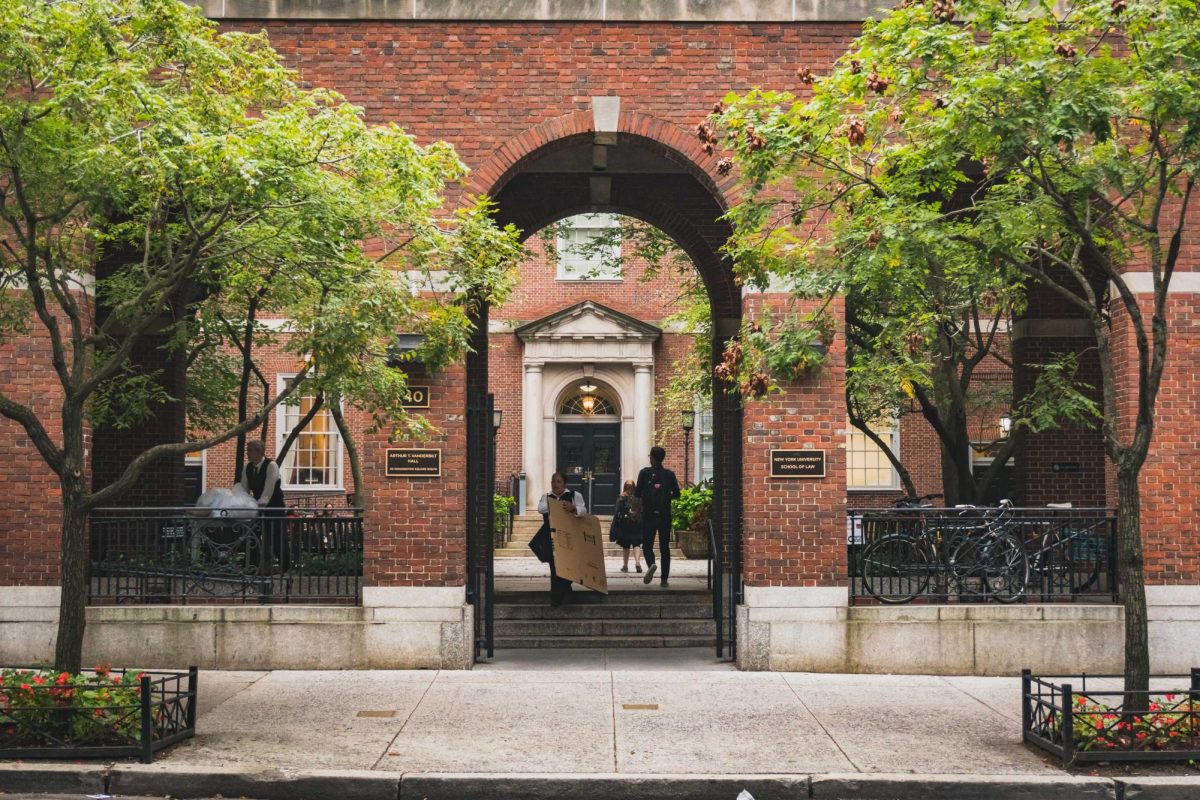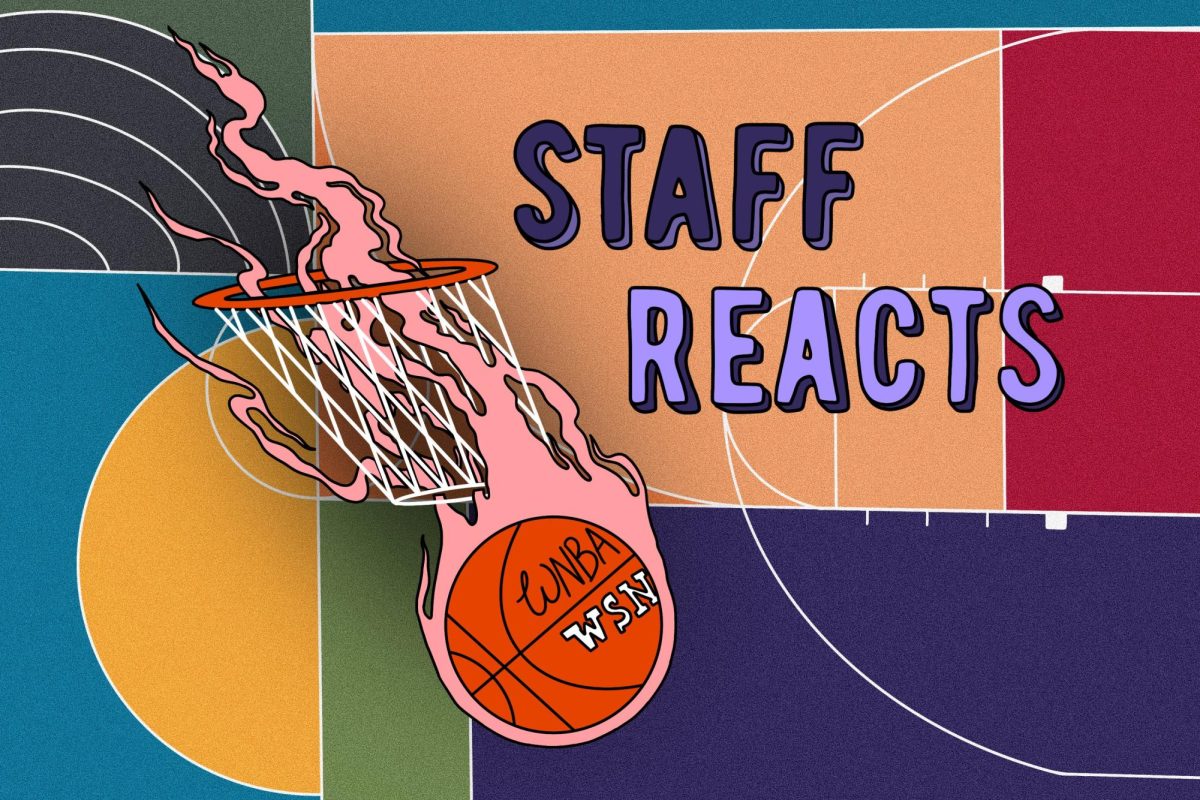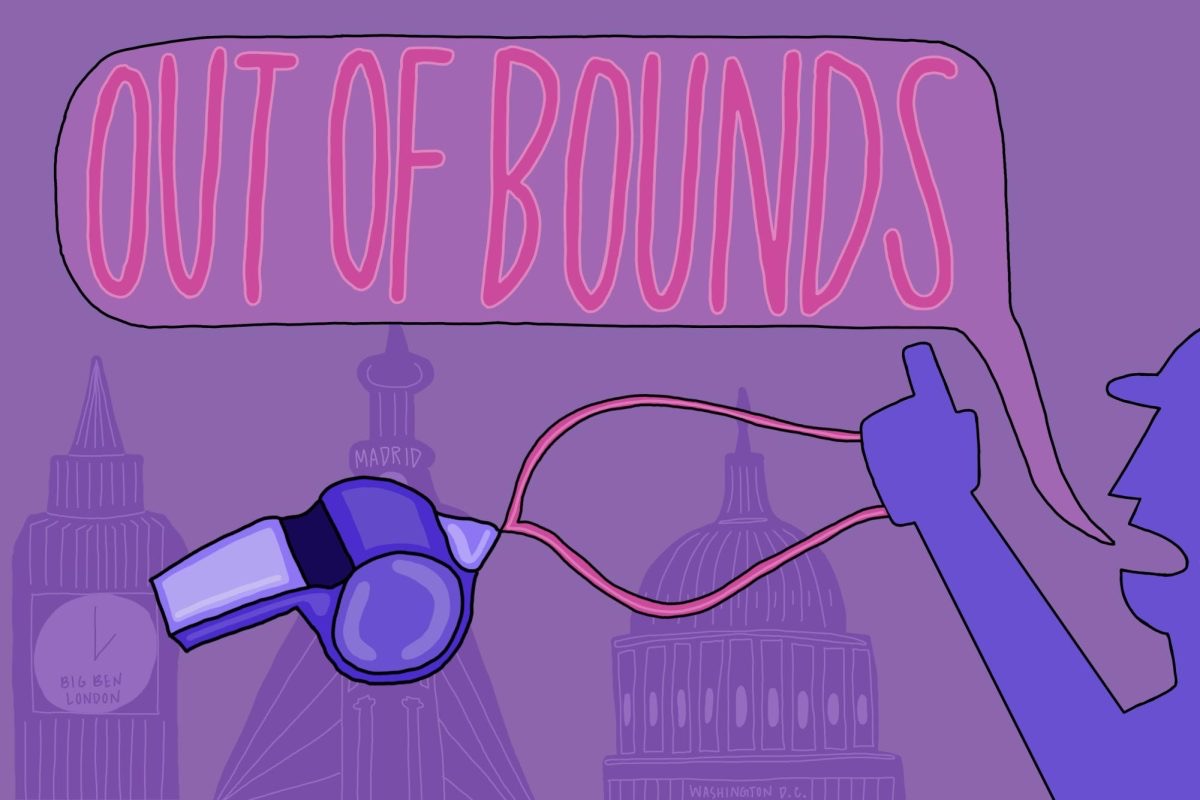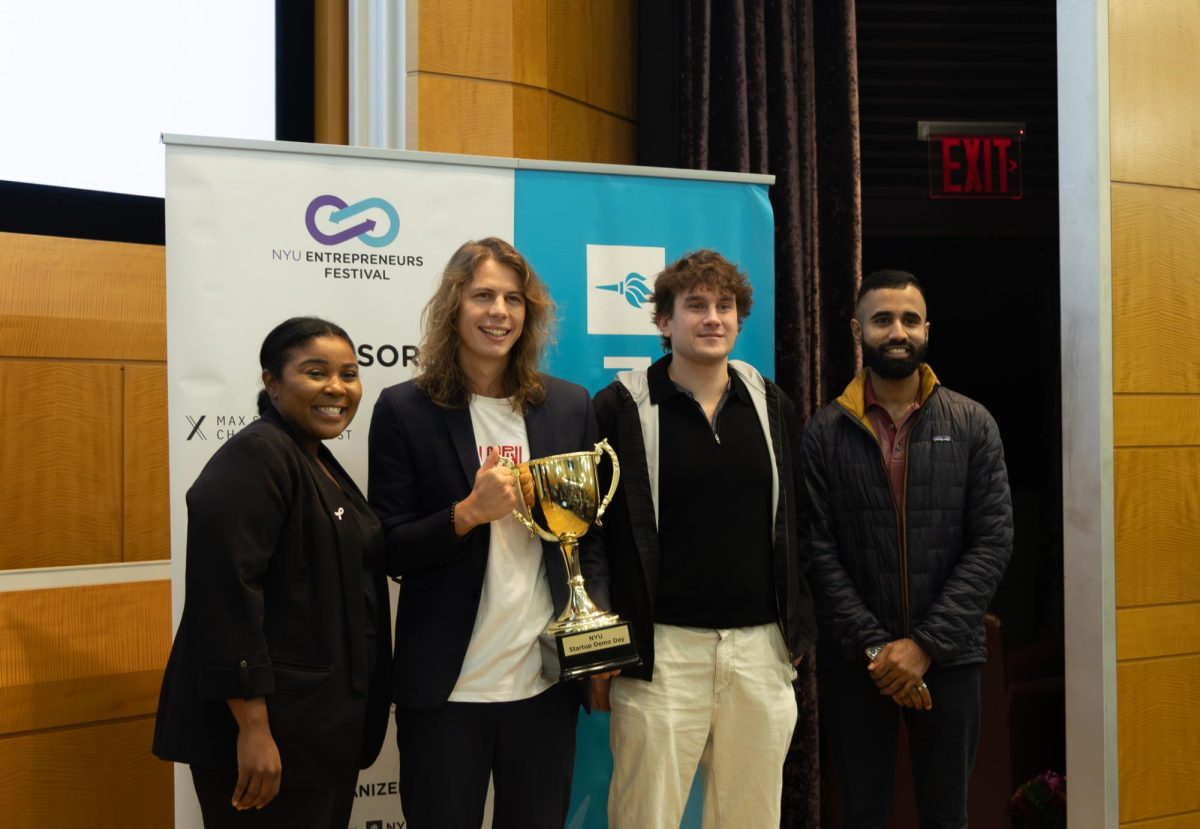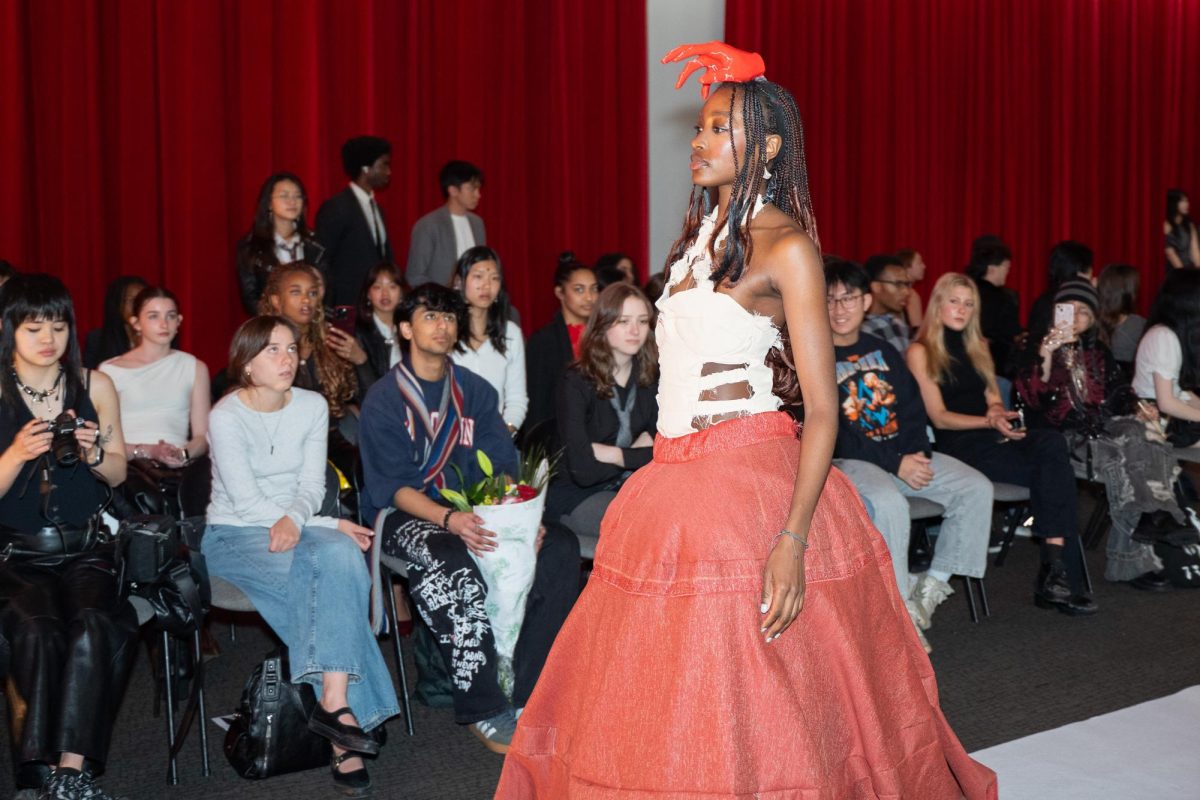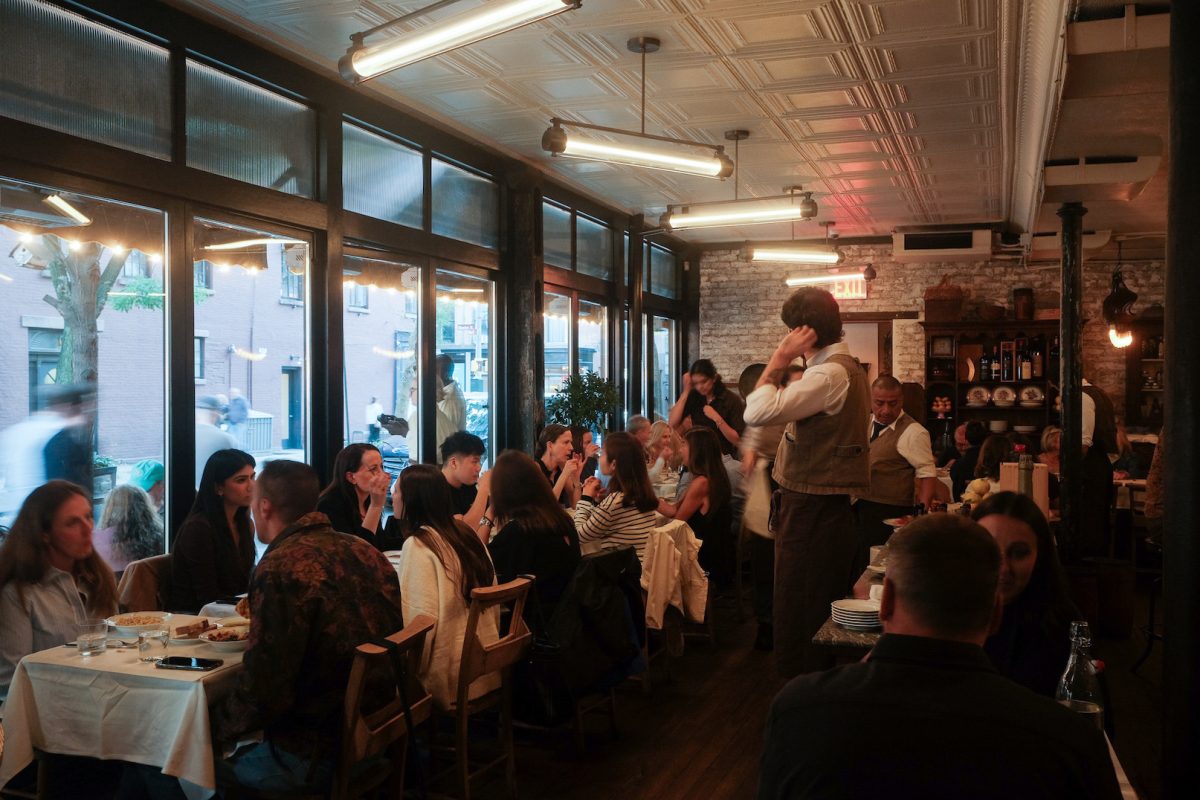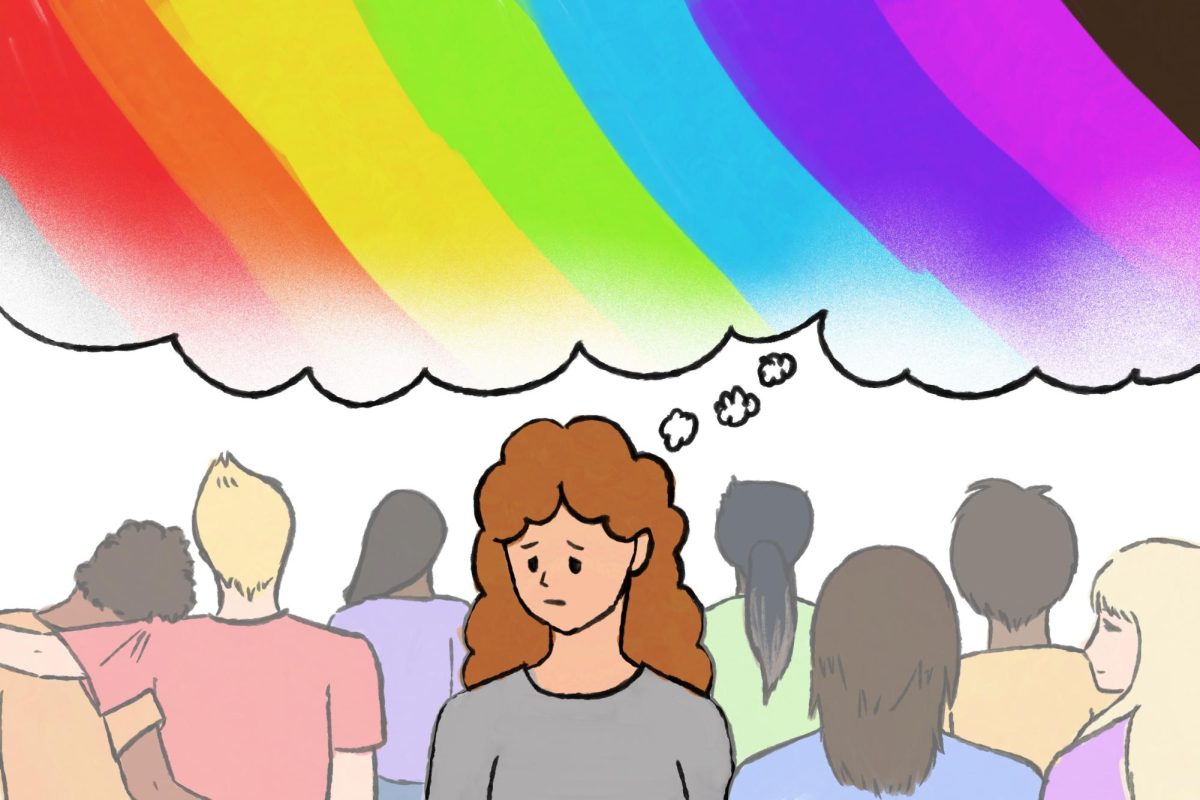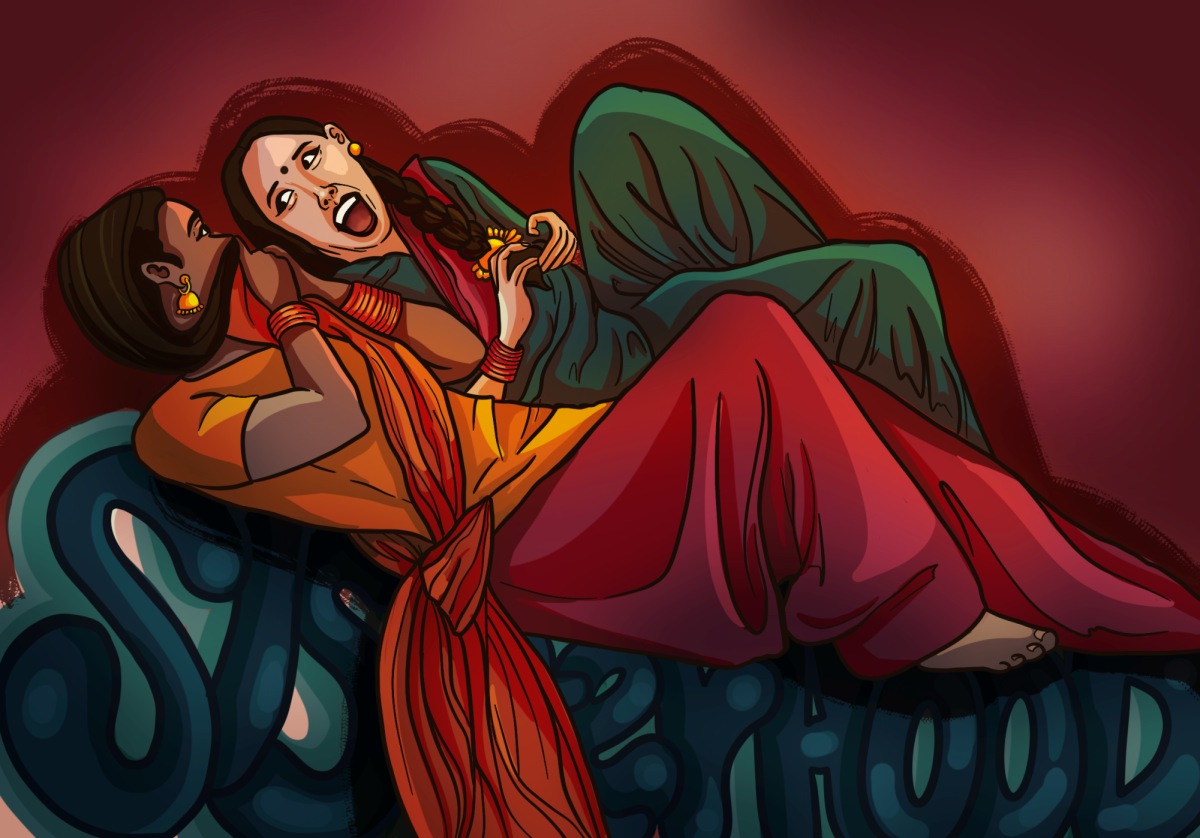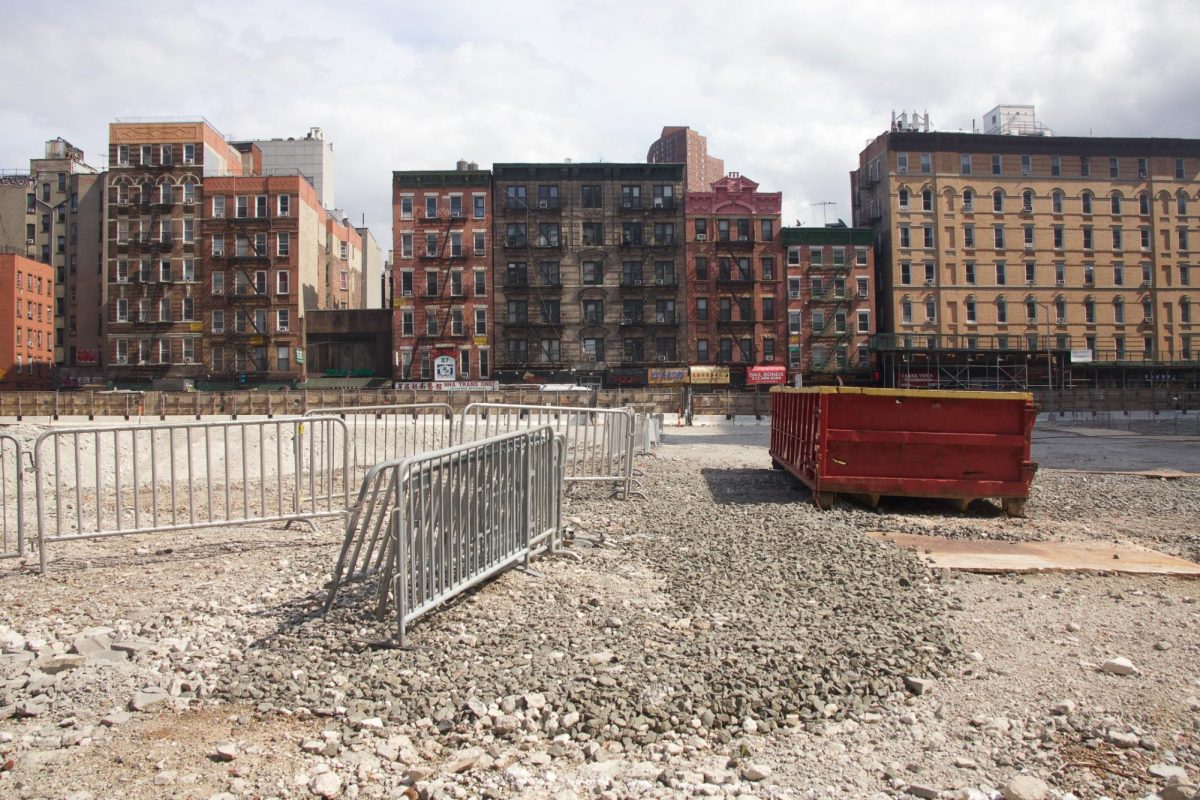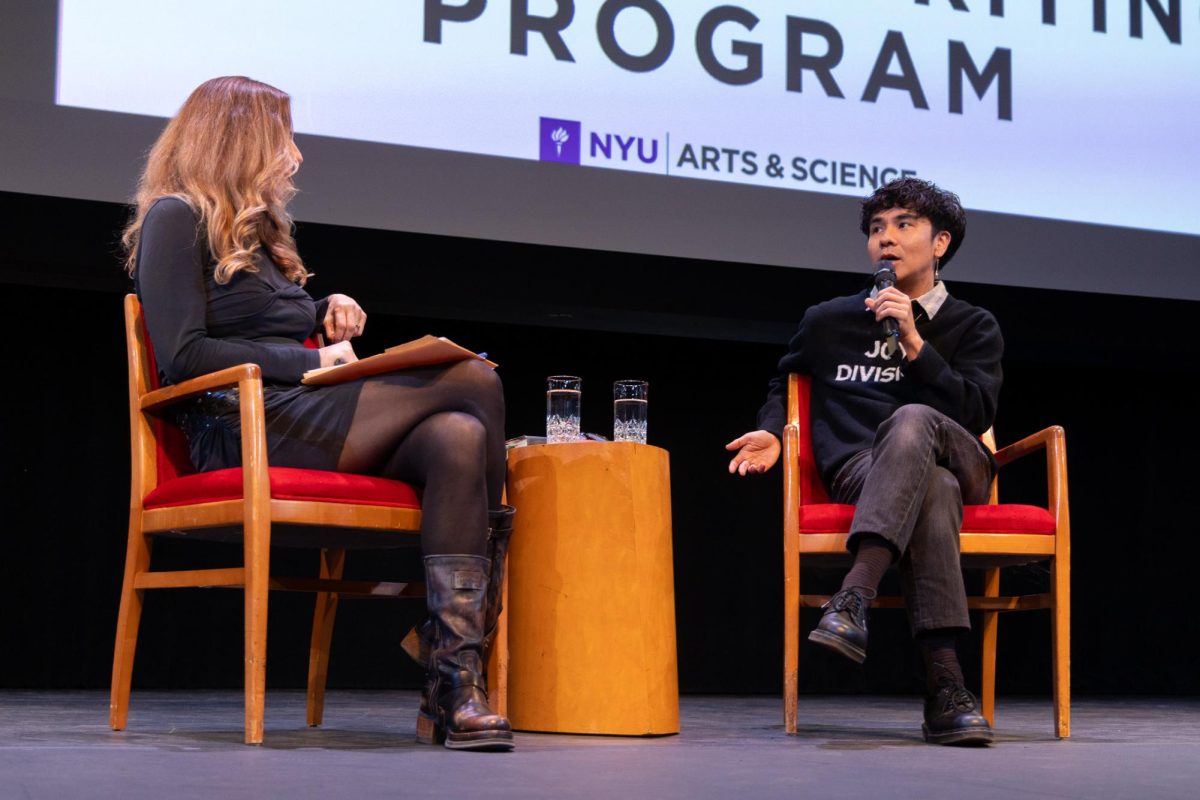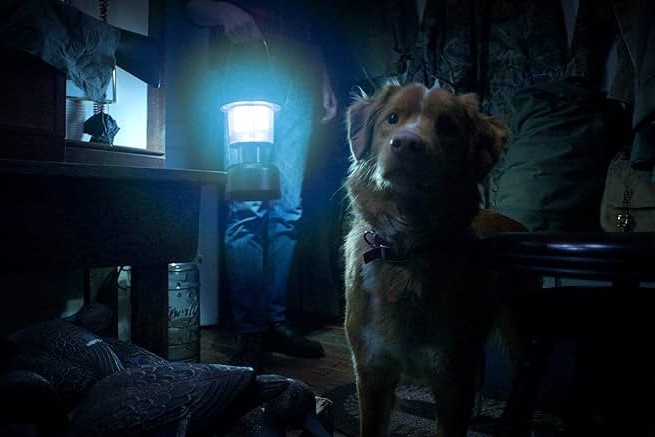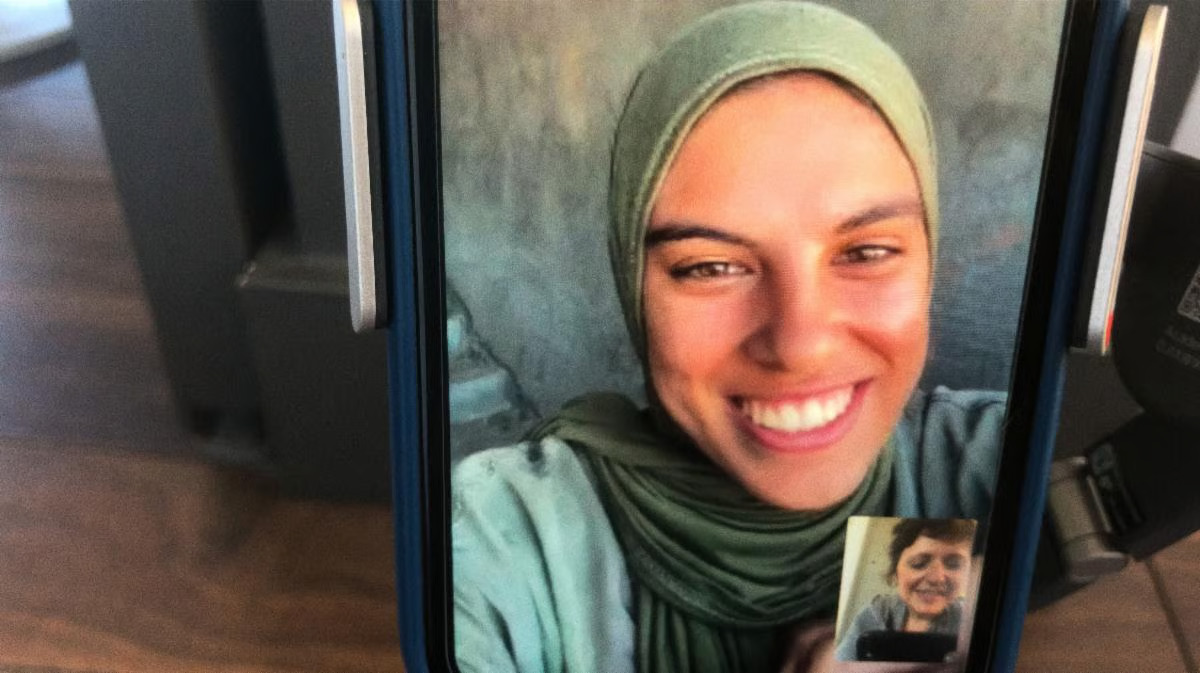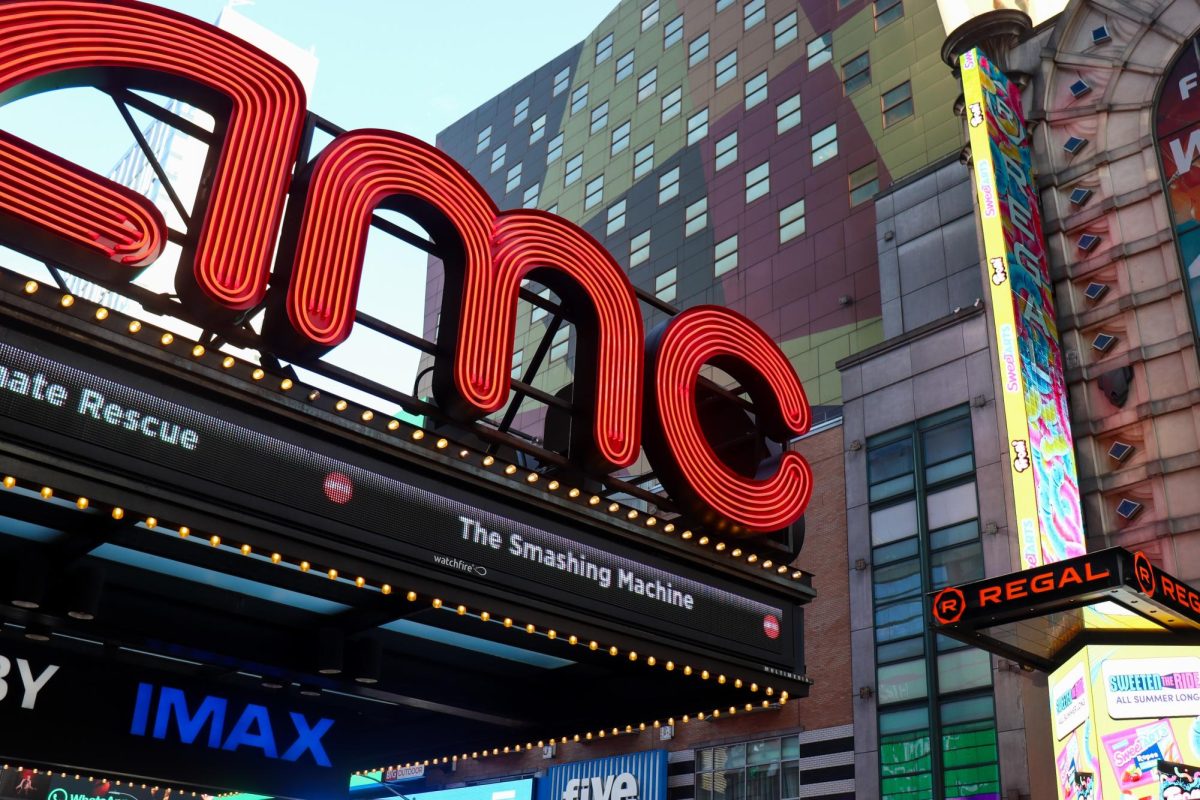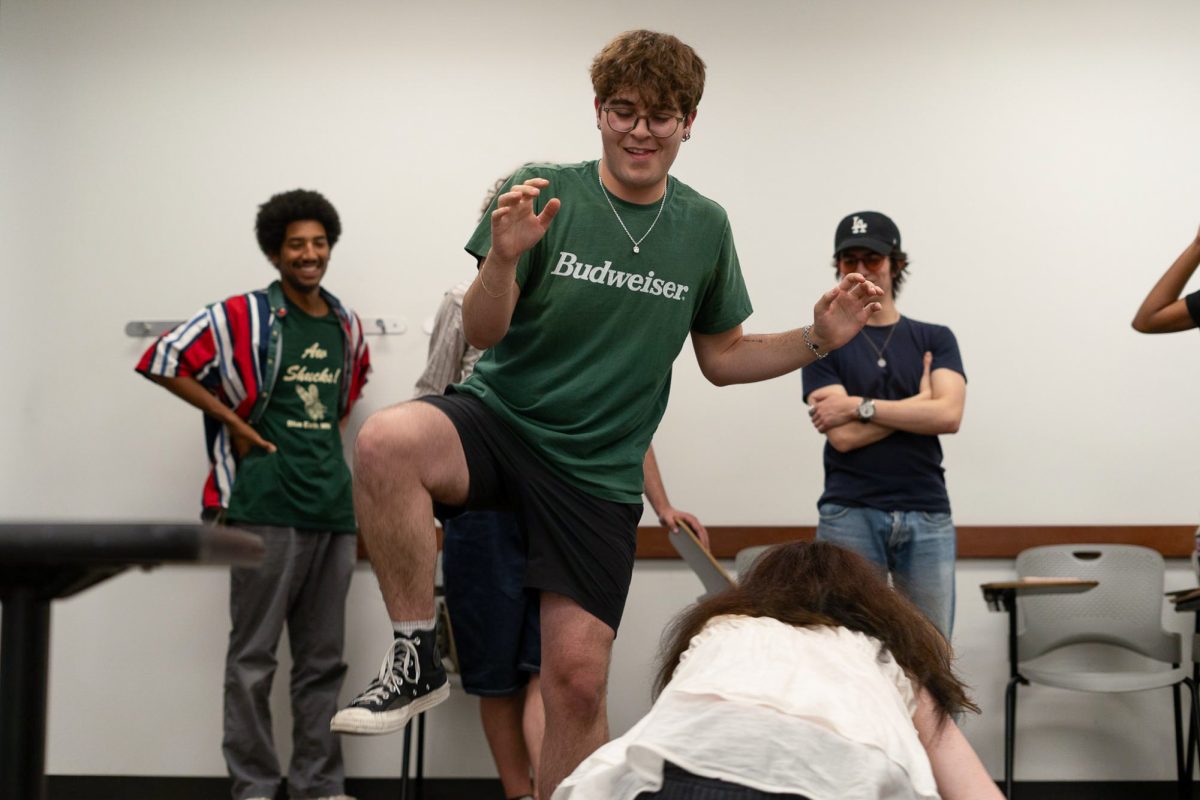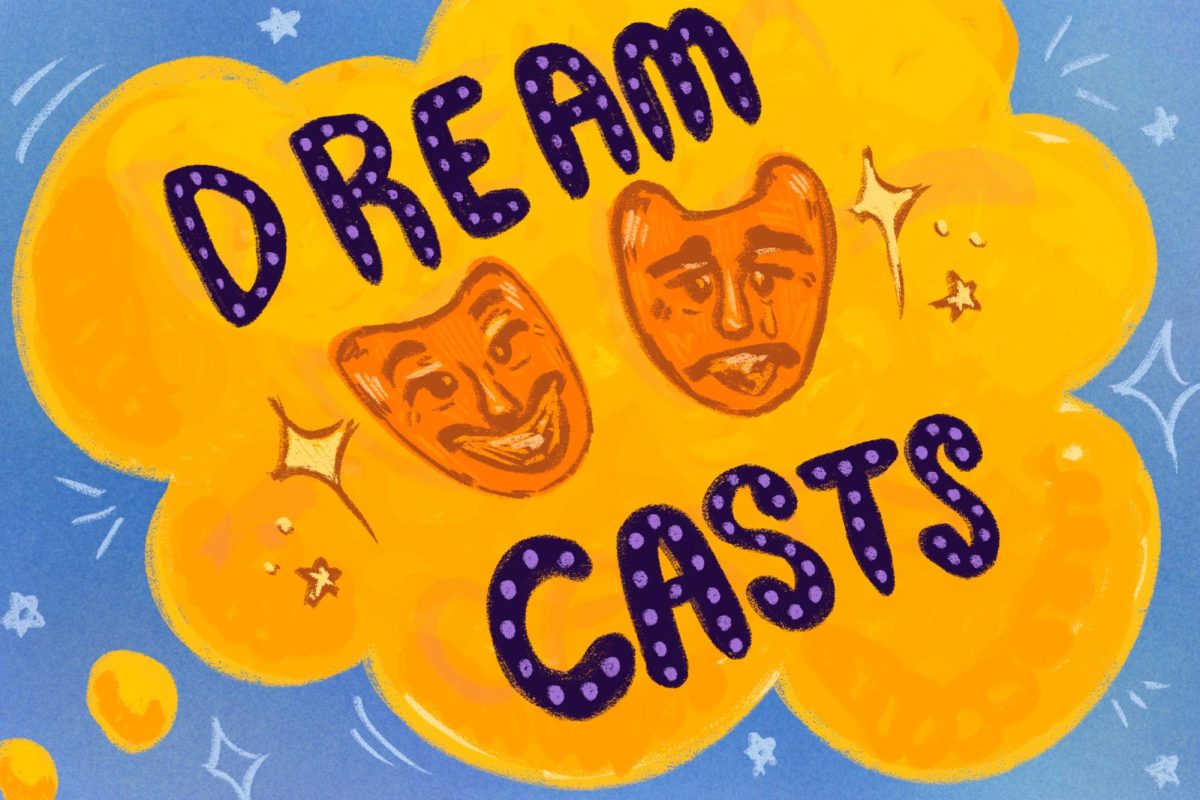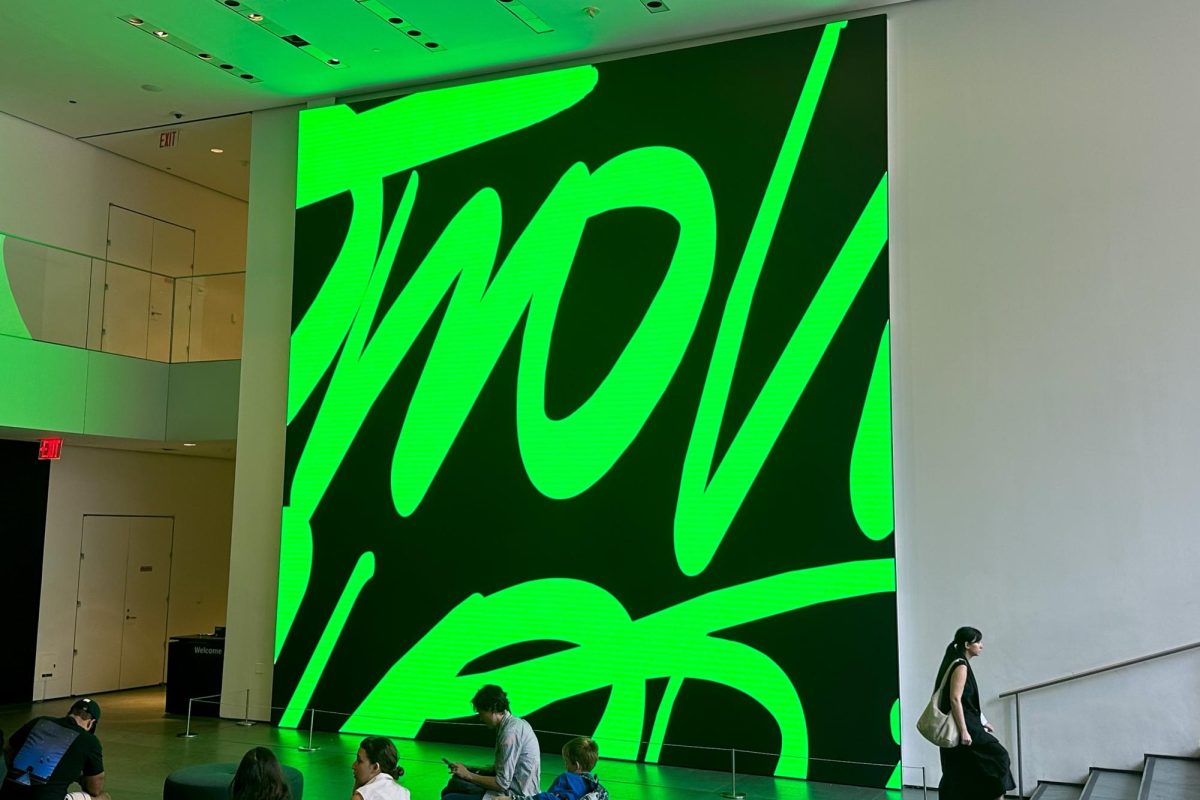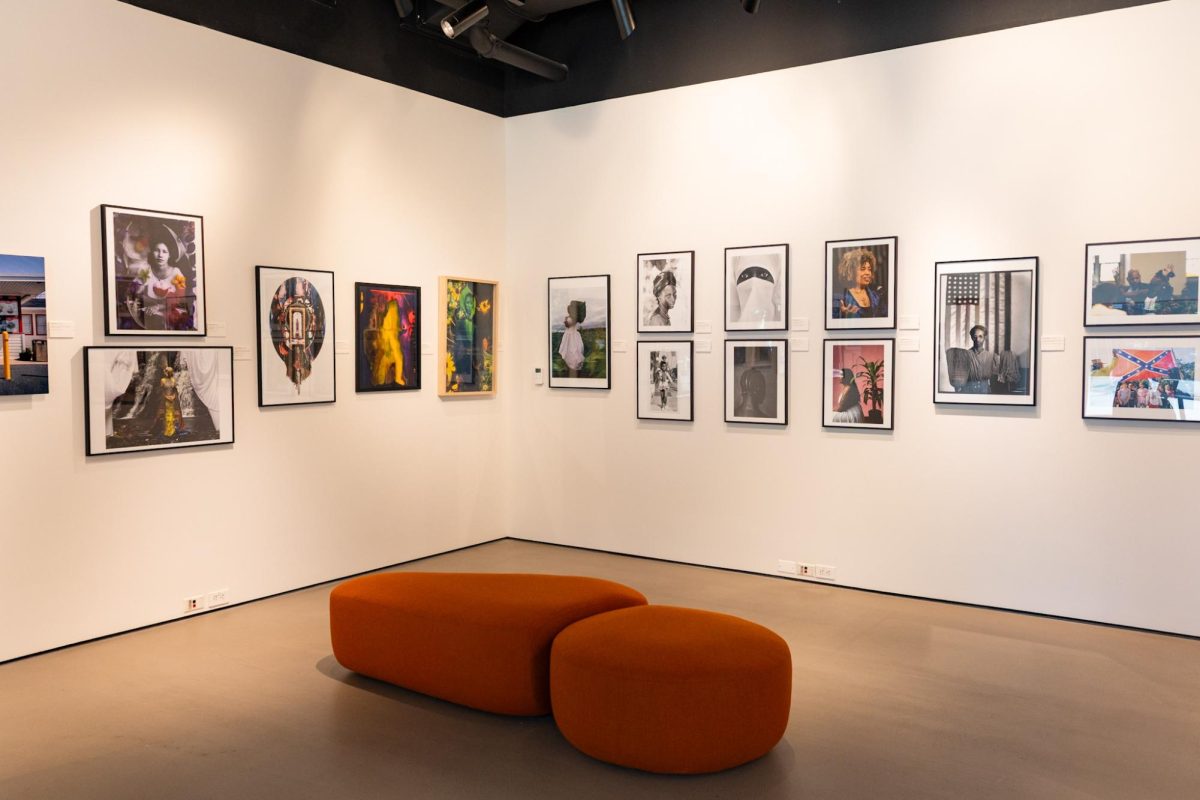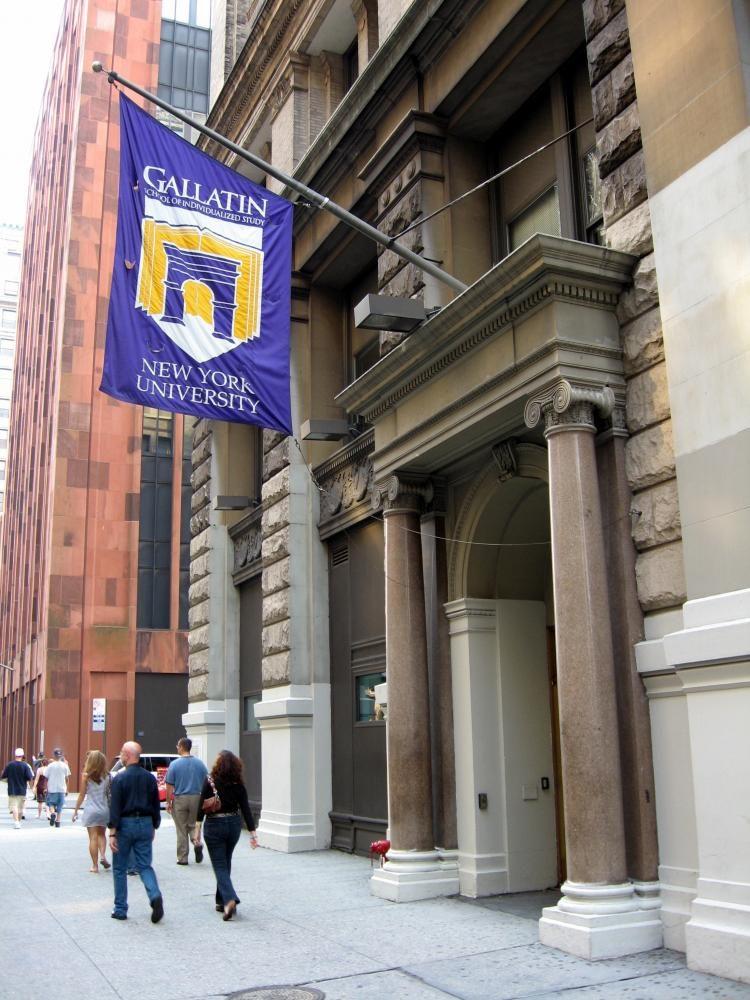To celebrate Earth Day, teachers, authors and artists discussed how fiction writing can enhance readers’ understanding of climate change in an event at the Gallatin School of Individualized Study.
On Monday, member of NYU’s Institute for Public Knowledge’s Climate Working Group Amy Brady — who is also a deputy publisher of the art and politics magazine “Guernica” — brought in authors including Pitchaya Sudbanthad and Helen Phillips to celebrate a special issue of the magazine. Titled “Climate Fiction: Special Issue,” the issue discusses “cli-fi,” a genre of fiction focused on climate change. At the event co-sponsored by the Climate Working Group, the Asian/Pacific/American Institute at NYU and the Asian American Writer’s Workshop, moderators and authors sought to explore how fiction can be used as a tool to inform and mobilize readers in regards to climate change.
“Climate change isn’t your traditional villain; you can’t shoot it with a gun,” Brady said. “But what these authors can do is take something that is statistical and give it characters, dialogue.”
Characters in fictional stories about climate change are often anxious, reflecting how the authors themselves feel about the topic. Sudbanthad said it was his own fear that helped him write cli-fi.
“As most people who worry know, worrying is very imaginative,” Sudbanthad said. “I’m writing about a city that I love, and when I look to its future it seems to be threatened by the issues we’re facing now.”
Another theme that came up during the discussions was the role of time. Brady said that stories set in the near future often seek to underscore the reality of climate change today. Phillips, who was involved in the special issue, said that the time period a story takes place in is an important aspect of her writing.
“Is this story taking place this week or in 10 years?” Phillips said. “Is the mother [in the story] acting neurotically, or rationally? On a day-to-day basis it’s kind of the same.”
Also present at the event was Nathan Kensinger, a documentarian and photographer who contributed photos to the special issue. Unlike the authors present, Kensinger tries to capture current events. He does not stage his photographs and only uses natural light in an attempt to accurately present the places he photographs.
As someone who focuses on documenting contaminated sites and encroaching shore lines, he finds it important that people believe in the seriousness of the things he’s documenting.
Brady said that despite Kensinger’s different approach, he seeks to achieve the same goals as those of the fiction writers present at the event.
“The stories and the photographs by [Kensinger] also just show that anxiety and fear is something that we’re all feeling regardless of our background,” Brady said. “This kind of art helps us express those emotions and maybe to reflect on them. I think that, if there is anything this society needs, especially when it comes to climate change, it’s more thoughtful reflection about the future.”
Email Shanti Escalante at [email protected]


